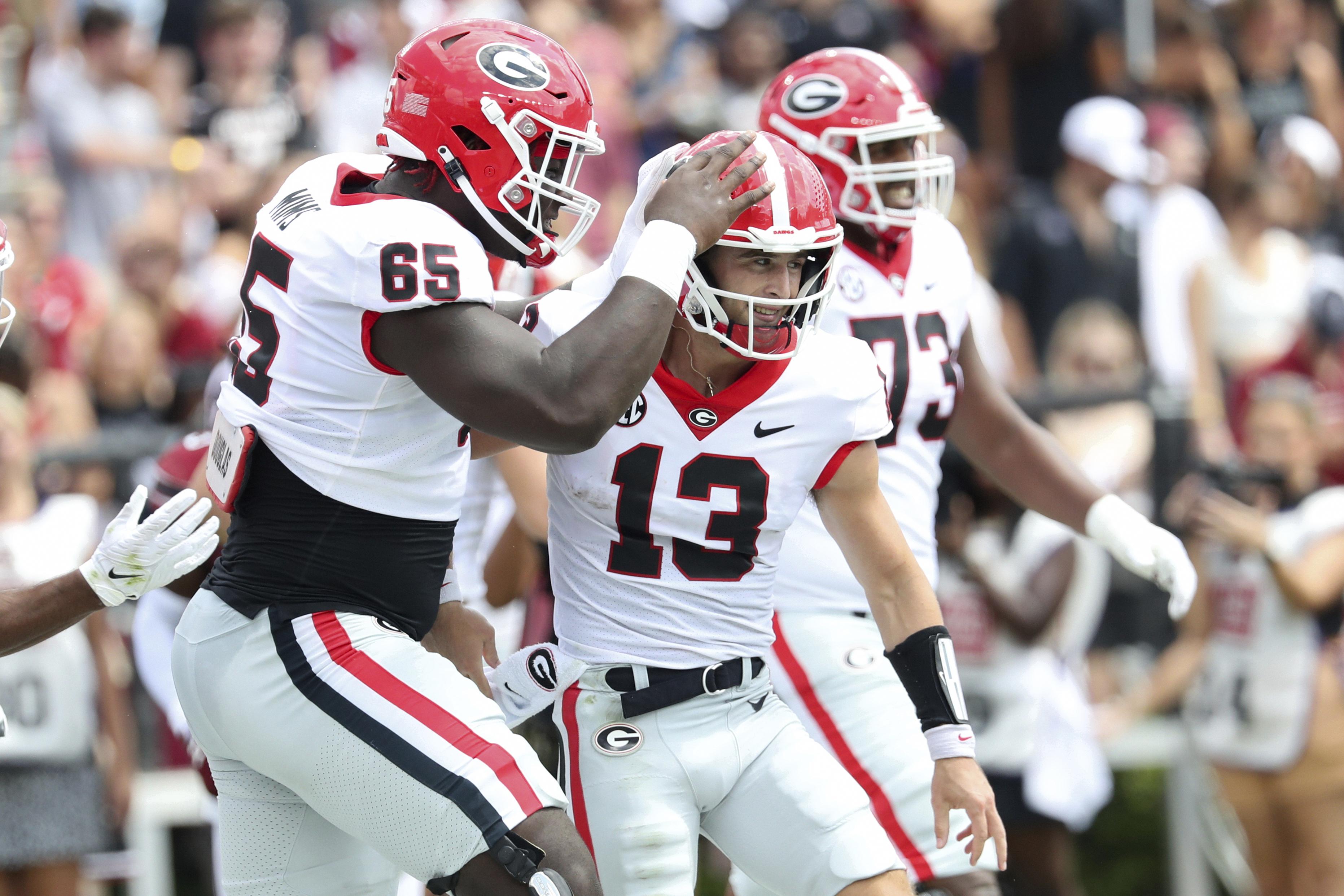Football is a game of strategy, skill, and athleticism. One of the key aspects of the game is the passing attack, which involves the quarterback throwing the ball to a receiver downfield. However, there are certain rules that govern this aspect of the game, one of which is the offensive pass interference rule.
Offensive pass interference occurs when an offensive player interferes with a defensive player’s ability to make a play on the ball. This can happen in a number of ways, such as pushing off or grabbing the defender, or even running into them to create space. When this happens, the play is blown dead, and a penalty is assessed against the offensive team.
The penalty for offensive pass interference is 10 yards from the previous spot in the NFL and CFL, wile in the NCAA, it is a 15-yard penalty from the previous spot. In addition to the yardage penalty, the offensive team also loses possession of the ball, as the penalty results in a loss of down.
There are some exceptions to the offensive pass interference rule, such as when two players are both going for the ball and incidental contact occurs. In these cases, no penalty is assessed, and the play continues as normal.
It is important for offensive players to understand the rules surrounding pass interference, as it can have a significant impact on the outcome of the game. By avoiding pushing off or grabbing defenders, and by running routes that do not interfere with the defense’s ability to make a play on the ball, offensive players can help their team avoid costly penalties and keep the drive alive.
Offensive pass interference is a critical rule that governs the passing game in football. It is important for players to understand the rules and avoid committing penalties, in order to keep the drive alive and help their team succeed. By remaining aware of the rules and playing within them, offensive players can help their team achieve victory on the field.
What Are The Rules For Pass Interference?
Pass interference is a penalty in American football that occurs when a player makes contact with an opposing player who is attempting to catch a forward pass. The rules for pass interference are as follows:
– Pass interference can only occur when a forward pass is thrown from behind the line of scrimmage.
– Pass interference can be called against either the offensive or defensive team.
– Offensive pass interference occurs when an offensive player interferes with a defensive player’s ability to make a play on the ball.
– Defensive pass interference occurs when a defensive player interferes with an offensive player’s ability to make a play on the ball.
– Pass interference can be called when the ball is in the air or before the ball is thrown.
– Defensive pass interference rules apply from the time the ball is thrown until the ball is touched.
– Pass interference penalties result in a first down for the opposing team, and the yardage penalty varies depending on the level of play (NFL, college, high school, etc.).
– In some cases, pass interference can result in an automatic first down for the team that was interfered with, regardless of the penalty yardage.
– Pass interference penalties can be challenged by coaches, but only in cetain situations and with limited opportunities.
Pass interference is a penalty that can occur when a forward pass is thrown from behind the line of scrimmage, and it can be called against either the offensive or defensive team. The penalties vary depending on the level of play, and pass interference can result in a first down for the opposing team.

Is Offensive Pass Interference A Loss Of Down?
Offensive pass interference is a loss of down penalty in football. If an offensive player interferes with a defender’s ability to make a play on the ball, the penalty is called and the team loses possession of the ball. The penalty carries a 15-yard walkoff along with the loss of down. It is important to note that this rule applies only to offensive pass interference, and not to other types of offensive interference such as blocking downfield. Defensive pass interference, on the other hand, results in a 15-yard penalty and an automatic first down.
How Many Yards Is The Penalty For Offensive Pass Interference?
The penalty for offensive pass interference in both the National Football League (NFL) and Canadian Football League (CFL) is 10 yards from the previous spot. This means that when the penalty is called, the ball is moved back 10 yards from where it was before the infraction occurred. It is important to note that offensive pass interference occurs when an offensive player interferes with a defensive player’s ability to make a play on a pass, and this penalty is enforced to discourage this behavior and maintain fair play.
Conclusion
Offensive pass interference is a penalty that occurs when an offensive player interferes with a defensive player’s ability to make a play on a forward pass. This penalty results in a 10-yard walkoff from the previous spot in the NFL and CFL, and a 15-yard penalty in NCAA rules. It also results in a loss of down in the NFL and CFL, wile in NCAA rules, the down is replayed. Offensive pass interference can have a significant impact on the outcome of a game, and it is important for players, coaches, and officials to understand the rules surrounding this penalty to ensure fair and competitive play.
